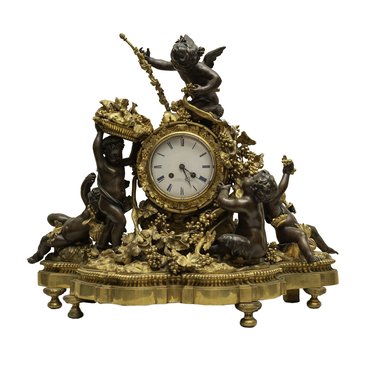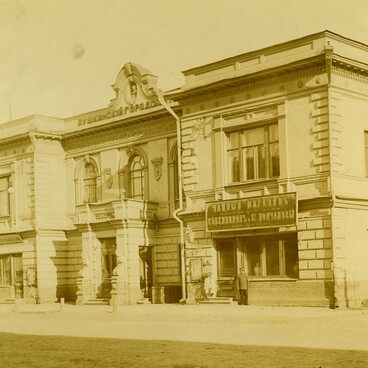Horn baby bottles were an ancient analog of modern baby feeding bottles. They were made of a cow’s horn and a dug. The sharp end of the horn was sawed off and a groove was made inside to attach the ‘teat’. Cow skin was kept in thick brine, after which it was thoroughly washed and tied to a horn.
Cow’s milk was poured into such a horn and given to the child. In addition, teats made of linen cloth with breadcrumb, beetroot, or butter mixed with honey wrapped in it were common. Usually, such teats were given to the baby in the first year of its life. Of course, hygiene-wise, they were dangerous. After many hours, the milk turned sour, the bread also turned sour and had a detrimental effect on the children’s stomach.
Archaeologists have information about many vessels intended for child nursing. They were often used from the first days of the child’s life in case the mother could not feed it on her own or find a wet nurse. The most ancient devices date back to the second millennium BC. For example, the ancient Romans used oblong clay vessels with a spout, which, for a long time, scientists took for lamps or vases. However, the presence of remnants of animal milk components convinced them that this was the prototype of a modern baby bottle. Similar terracotta containers were found in the ancient Greeks. They used them for the first complementary food, which was usually made of a mixture of wine and honey. Vessels intended for children were usually richly decorated and painted. Among them, there were bottles in the form of fish, pigs, or other animals.
The first familiar teats for children appeared only in the 19th century. At that time, the invention of rubber was a revolutionary breakthrough in many areas of production. The first rubber teat was patented by Julia Prat in 1845. However, at first, they were not popular because of the strange smell and taste. The advantage was that the products could be washed and sterilized. The first rubber teats were attached to glass feeding bottles. The first such model was patented in 1841 by Charles Windshill.
Cow’s milk was poured into such a horn and given to the child. In addition, teats made of linen cloth with breadcrumb, beetroot, or butter mixed with honey wrapped in it were common. Usually, such teats were given to the baby in the first year of its life. Of course, hygiene-wise, they were dangerous. After many hours, the milk turned sour, the bread also turned sour and had a detrimental effect on the children’s stomach.
Archaeologists have information about many vessels intended for child nursing. They were often used from the first days of the child’s life in case the mother could not feed it on her own or find a wet nurse. The most ancient devices date back to the second millennium BC. For example, the ancient Romans used oblong clay vessels with a spout, which, for a long time, scientists took for lamps or vases. However, the presence of remnants of animal milk components convinced them that this was the prototype of a modern baby bottle. Similar terracotta containers were found in the ancient Greeks. They used them for the first complementary food, which was usually made of a mixture of wine and honey. Vessels intended for children were usually richly decorated and painted. Among them, there were bottles in the form of fish, pigs, or other animals.
The first familiar teats for children appeared only in the 19th century. At that time, the invention of rubber was a revolutionary breakthrough in many areas of production. The first rubber teat was patented by Julia Prat in 1845. However, at first, they were not popular because of the strange smell and taste. The advantage was that the products could be washed and sterilized. The first rubber teats were attached to glass feeding bottles. The first such model was patented in 1841 by Charles Windshill.



